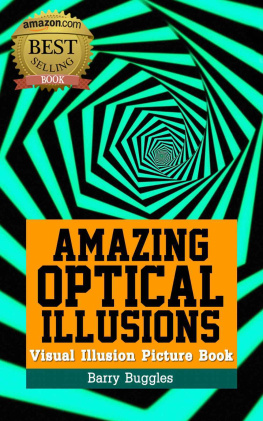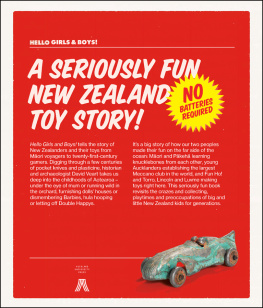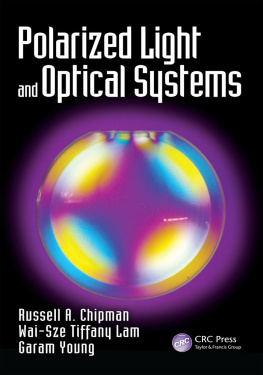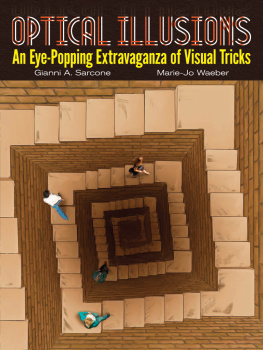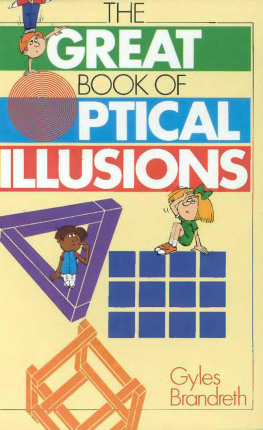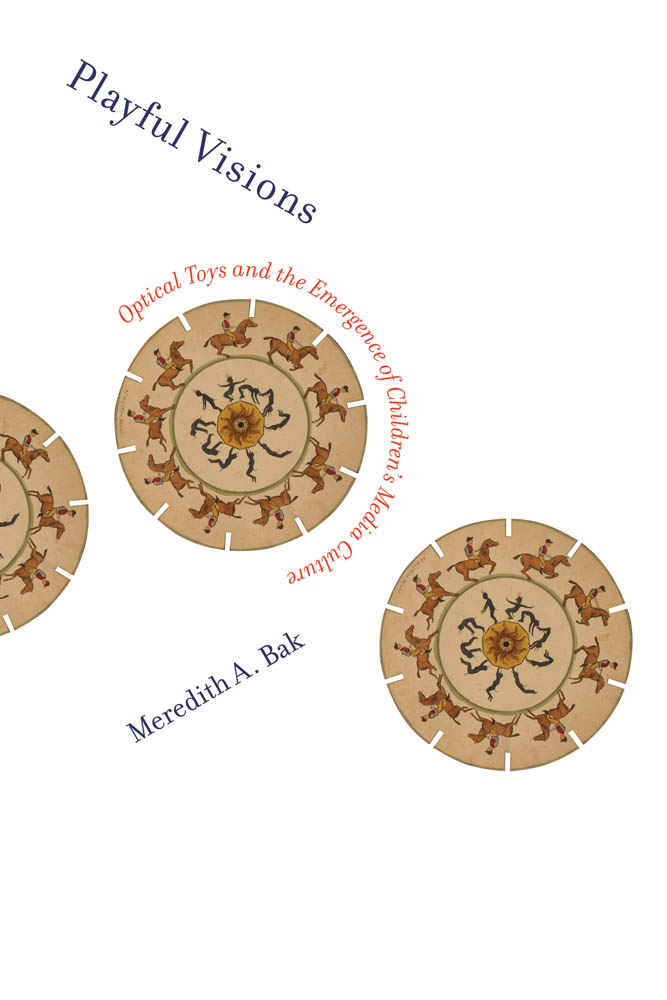Meredith A. Bak - Playful Visions: Optical Toys and the Emergence of Childrens Media Culture
Here you can read online Meredith A. Bak - Playful Visions: Optical Toys and the Emergence of Childrens Media Culture full text of the book (entire story) in english for free. Download pdf and epub, get meaning, cover and reviews about this ebook. City: Cambridge, year: 2020, publisher: MIT Press, genre: Science / Art. Description of the work, (preface) as well as reviews are available. Best literature library LitArk.com created for fans of good reading and offers a wide selection of genres:
Romance novel
Science fiction
Adventure
Detective
Science
History
Home and family
Prose
Art
Politics
Computer
Non-fiction
Religion
Business
Children
Humor
Choose a favorite category and find really read worthwhile books. Enjoy immersion in the world of imagination, feel the emotions of the characters or learn something new for yourself, make an fascinating discovery.

- Book:Playful Visions: Optical Toys and the Emergence of Childrens Media Culture
- Author:
- Publisher:MIT Press
- Genre:
- Year:2020
- City:Cambridge
- Rating:4 / 5
- Favourites:Add to favourites
- Your mark:
Playful Visions: Optical Toys and the Emergence of Childrens Media Culture: summary, description and annotation
We offer to read an annotation, description, summary or preface (depends on what the author of the book "Playful Visions: Optical Toys and the Emergence of Childrens Media Culture" wrote himself). If you haven't found the necessary information about the book — write in the comments, we will try to find it.
The kaleidoscope, the stereoscope, and other nineteenth-century optical toys analyzed as new media of their era, provoking anxieties similar to our own about children and screens.
In the nineteenth century, the kaleidoscope, the thaumatrope, the zoetrope, the stereoscope, and other optical toys were standard accessories of a middle-class childhood, used both at home and at school. In Playful Visions, Meredith Bak argues that the optical toys of the nineteenth century were the new media of their era, teaching children to be discerning consumers of mediaand also provoking anxieties similar to contemporary worries about childrens screen time. Bak shows that optical toyswhich produced visual effects ranging from a moving image to the illusion of depthestablished and reinforced a new understanding of vision as an interpretive process. At the same time, the expansion of the middle class as well as education and labor reforms contributed to a new notion of childhood as a time of innocence and play. Modern media culture and the emergence of modern Western childhood are thus deeply interconnected.
Drawing on extensive archival research, Bak discusses, among other things, the circulation of optical toys, and the wide visibility gained by their appearance as printed templates and textual descriptions in periodicals; expanding conceptions of literacy, which came to include visual acuity; and how optical play allowed children to exercise a sense of visual mastery. She examines optical toys alongside related visual technologies including chromolithographywhich inspired both chromatic delight and chromophobia. Finally, considering the contemporary use of optical toys in advertising, education, and art, Bak analyzes the endurance of nineteenth-century visual paradigms.
Meredith A. Bak: author's other books
Who wrote Playful Visions: Optical Toys and the Emergence of Childrens Media Culture? Find out the surname, the name of the author of the book and a list of all author's works by series.

